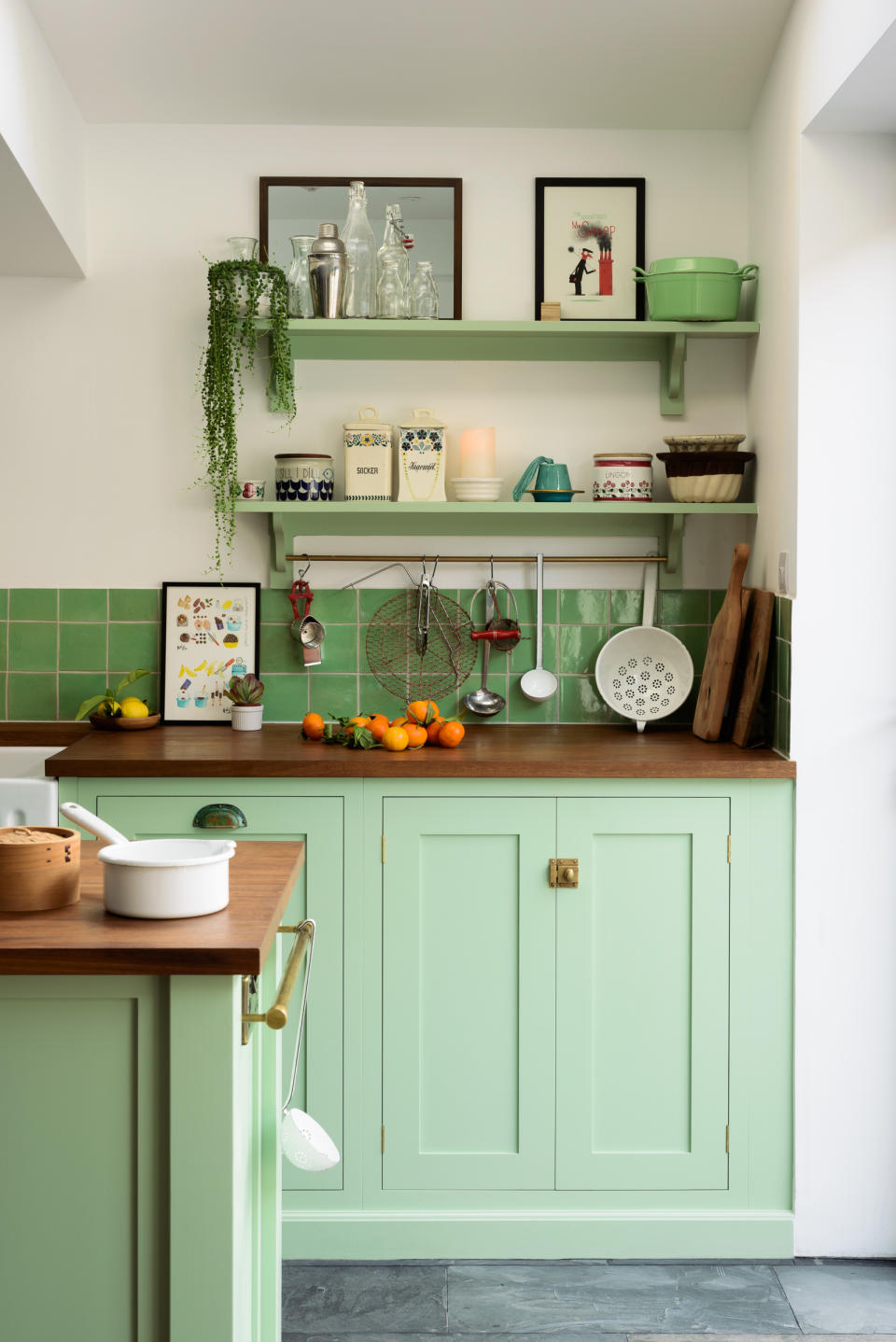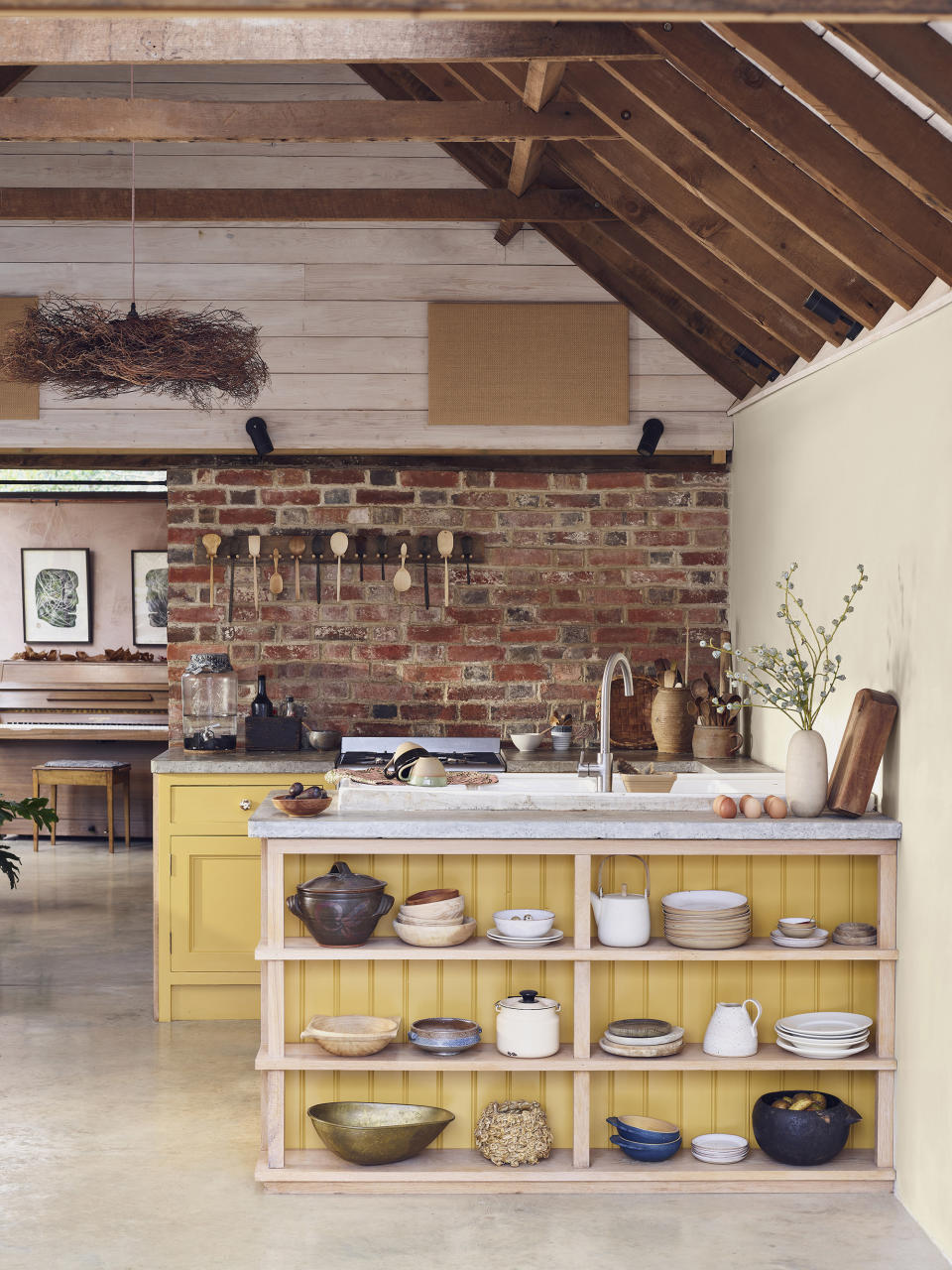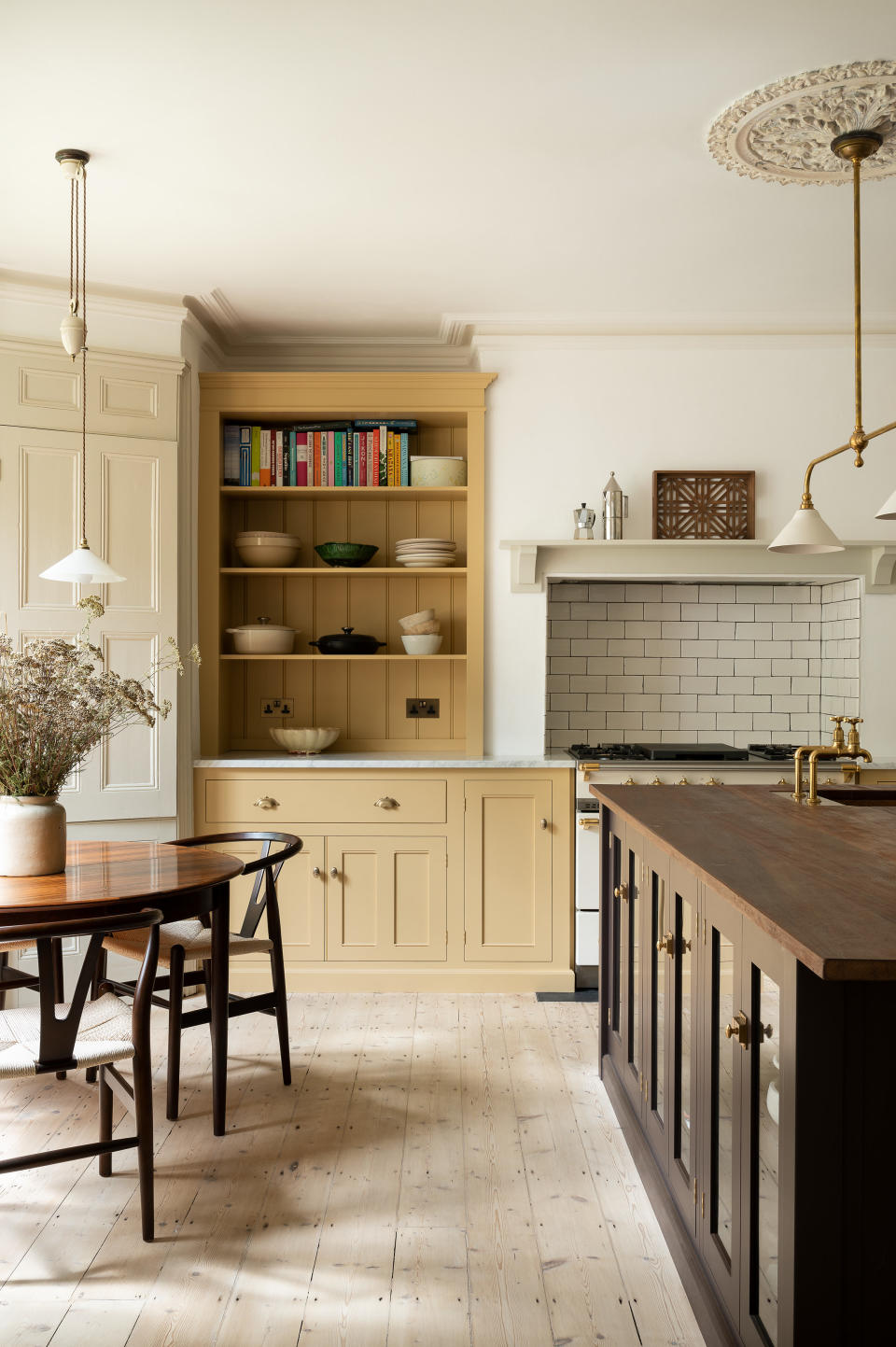Pastel kitchen ideas – 7 modern ways to use playful pastels to inspire a color refresh








Discover how to decorate a kitchen with these softer hues in a way that feels chic and timeless...
Choosing a kitchen color always comes with a slight risk. The 'on-trend' hue seems to be ever-changing – from fresh whites and classic greys to bold blues and deep forest greens. It can be difficult to choose a kitchen color that feels the right amount of trend-led at the time but also has longevity so you aren't redecorating your colorful kitchen every season.
That's why we love a pastel hue in a kitchen. Pick the right shade and they can be timeless. Soft, subtle, and in some cases barely there, colors that add just the right amount of character to a kitchen without the risk of it dating quickly. Or you can, of course, go deeper and bolder with your pastels – they aren't all pale and pretty. There's a pastel color scheme to suit any style – classic country, ultra-modern, rustic farmhouse – it's just about choosing the right shade and where to use it.
'Pastel colors have no black pigment in them, so they are light, playful, and friendly colors. It depends on the amount of white pigment added they can fall into being very soothing.' says Tash Bradley, color expert at Lick.
Our curated collection of the best pastel kitchen ideas will inspire you to give your kitchen a bold new look.
BY HEBE HATTON
Discover how to decorate a kitchen with these softer hues in a way that feels chic and timeless...
